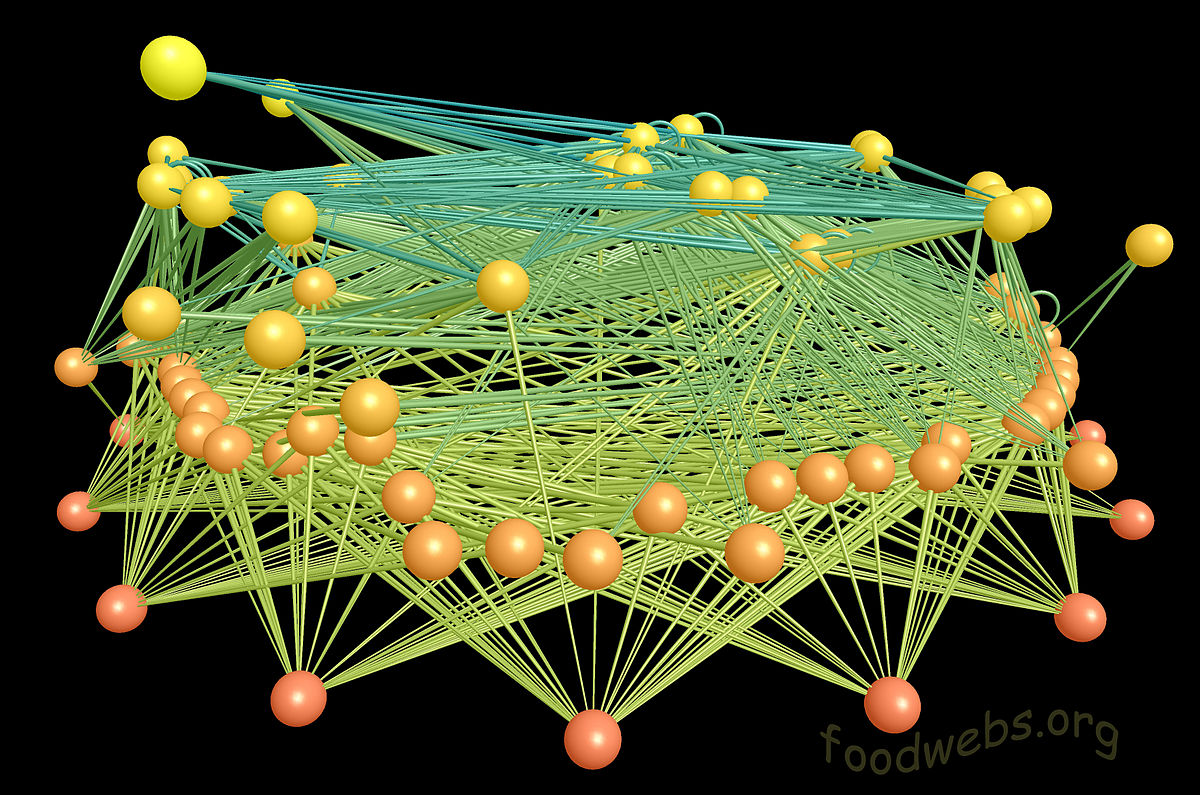How Informal and Formal Networks Hurt and Help Performance
This is one of our free-to-access content pieces. To gain access to all Ideas for Leaders content please Log In Here or if you are not already a Subscriber then Subscribe Here.

Individuals in organizations draw on formal and informal interactions for resources, knowledge and advice. New research shows that inconsistency between the formal and informal interactions can be beneficial, to a certain extent, because of the diversity of information and resources such inconsistency provides.
Organizational design theory studies the formal structures of an organization; network research focuses on informal structures — the informal interactions and relationships ‘behind the chart’. Giuseppe Soda of Bocconi University in Milan and Akbar Zaheer of the University of Minnesota’s Carlson School of Management argue, however, that to evaluate individual performance in an organization — to understand how organizational actors “coordinate effort, share goals, exchange information and access resources” — both the formal structures and informal networks must be considered together.
To study the interplay between formal and informal structures, Soda and Zaheer approach both from a network perspective. The organizational structure thus becomes a series of networks:
The key factor in how informal and formal networks influence an individual’s performance is consistency. Consistency refers to the overlap between the networks. For example, in a highly consistent organization, the formal authority lines mirror the informal social structure. A manager determines the responsibilities of supervisors, who then assign specific tasks to front-line workers. Even informally, the distribution of work does not change: front-line workers depend on their supervisors for task assignments and guidance. This consistency or overlap prevents mixed or contradictory messages: workers, for example, do not look for what they “really should be doing” from a person other than their supervisors.
Soda and Zaheer studied the consistency among the different types of networks in the Italian subsidiary of a leading financial services company that specializes in private banking, investment banking and asset management. Interviews with top managers and questionnaires to the firm’s 111 employees explored the informal networks in the organization. The formal networks were evident from the organizational charts and documented organizational workflows and procedures (all 147 of them) of the highly regulated company.
As expected, their research showed that consistency between the formal authority network and informal networks — as described above with the supervisors and their front-line workers — led to better individual performance.
When considering the relationship between informal networks and the formal workflow networks, the situation was much more complex. Workflow networks are the horizontal networks in the organization (as opposed to the vertical authority networks).
In the case of reciprocal workflow, the actions of all the workers are interconnected and depend on each other. There will need to be joint decision-making and mutual adjustments. In this situation, the researchers found that an informal social network that is inconsistent with the formal authority network can be beneficial. The reason is that an individual can access and combine resources from two independent networks. This ensures that the individual is working with diverse and objective information and advice, as well as a broader base of knowledge or skills. However, there is a limit to the inconsistency or lack of overlap between the networks. For example, if the informal network is too far removed from the workflow network, then the resources will be of little value to the individual in the organization.
In short, the research showed that greater inconsistency helps the individual perform at a higher level up to a certain point, at which even more inconsistency is too much and the individual’s performance starts to decline.
When considering informal networks and the third type of formal network — sequential workflow network — the result is very different. In an assembly line-like situation, joint decision-making, joint control and mutual adjustments are unnecessary. In this case, the research showed, inconsistency between these two networks leads to lower level of performance for the individual.
While more and more companies are recognizing the value of informal social networks, the challenge is to manage such networks for maximum effectiveness and efficiency. This research highlights the error of believing that consistency — in other words, avoiding any diversity, contradictions or incongruence between informal social networks and the company’s formal structures and networks, assumedly designed for maximum efficiency — is necessarily the best course of action in all situations.
In situations that require employees and managers to make joint decisions and mutual adjustments, a trade-off must be carefully managed. On the one hand, inconsistency can hurt performance because it reduces coordination. On the other hand, introducing different, complementary sources of information, ideas and knowledge can improve performance.
In design terms, the research indicates that organizations should make efforts to create informal networks, for example by organizing forums for informal discussions, designing office spaces that are conducive to informal interactions, or create interfunctional teams. At the same time, there is no need, as perhaps previously thought, to ensure a perfect fit between formal and informal networks in all situations.

Ideas for Leaders is a free-to-access site. If you enjoy our content and find it valuable, please consider subscribing to our Developing Leaders Quarterly publication, this presents academic, business and consultant perspectives on leadership issues in a beautifully produced, small volume delivered to your desk four times a year.

For the less than the price of a coffee a week you can read over 650 summaries of research that cost universities over $1 billion to produce.
Use our Ideas to:
Speak to us on how else you can leverage this content to benefit your organization. info@ideasforleaders.com